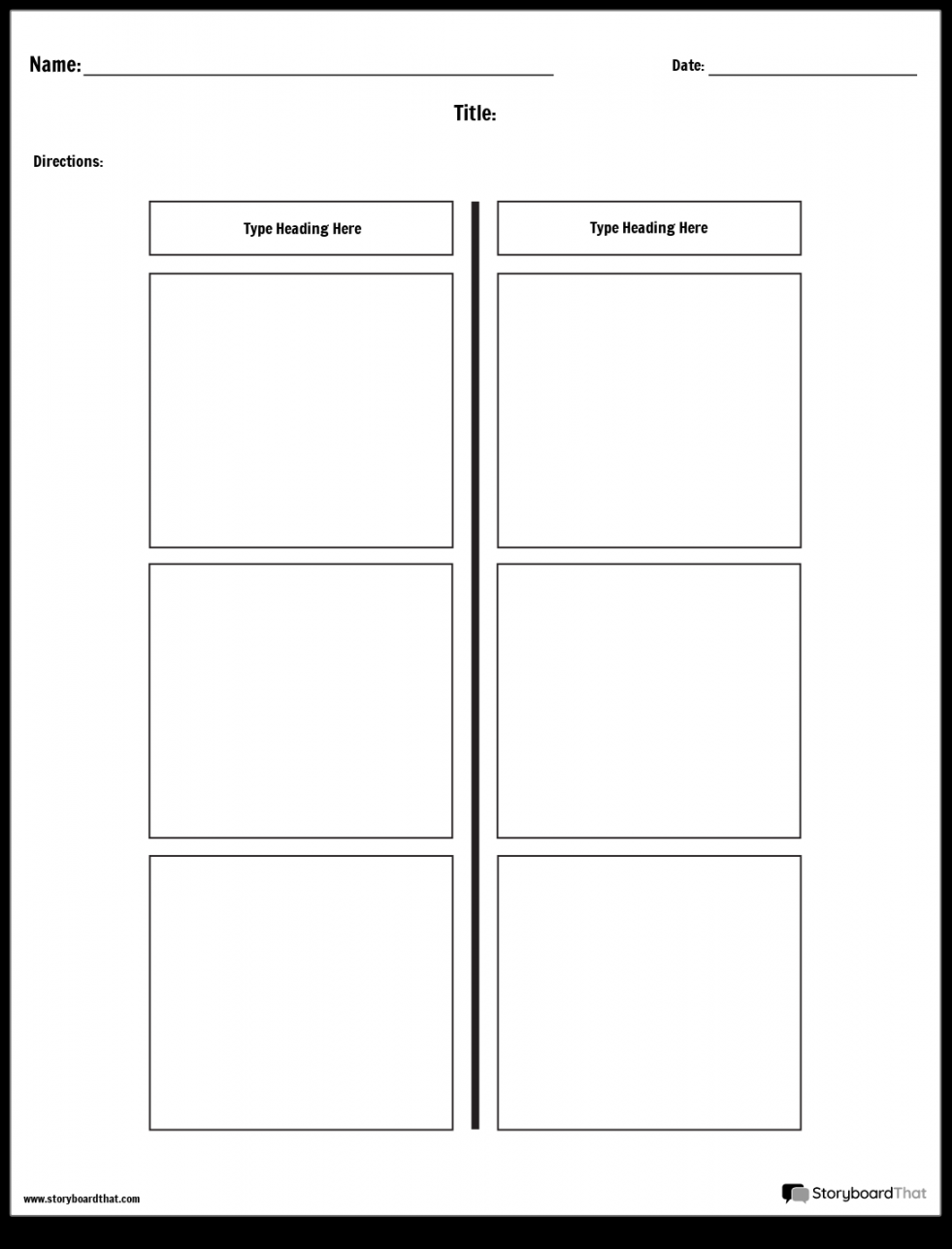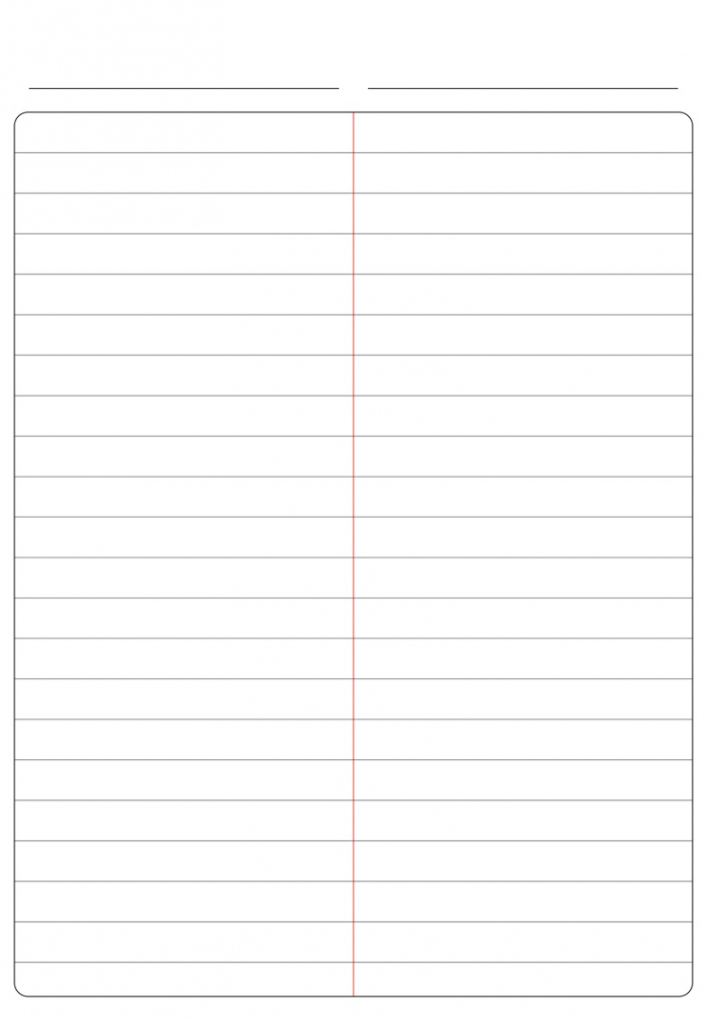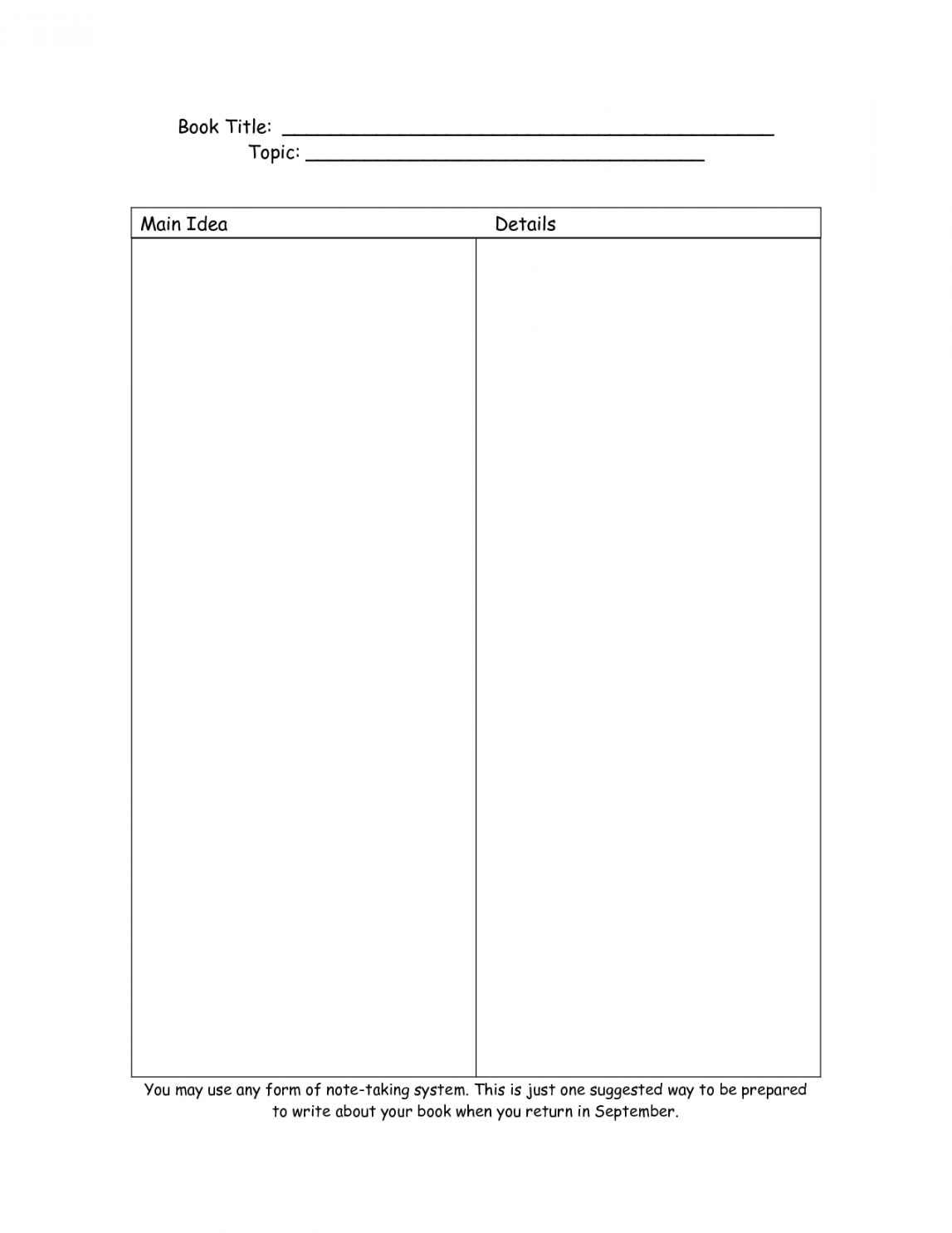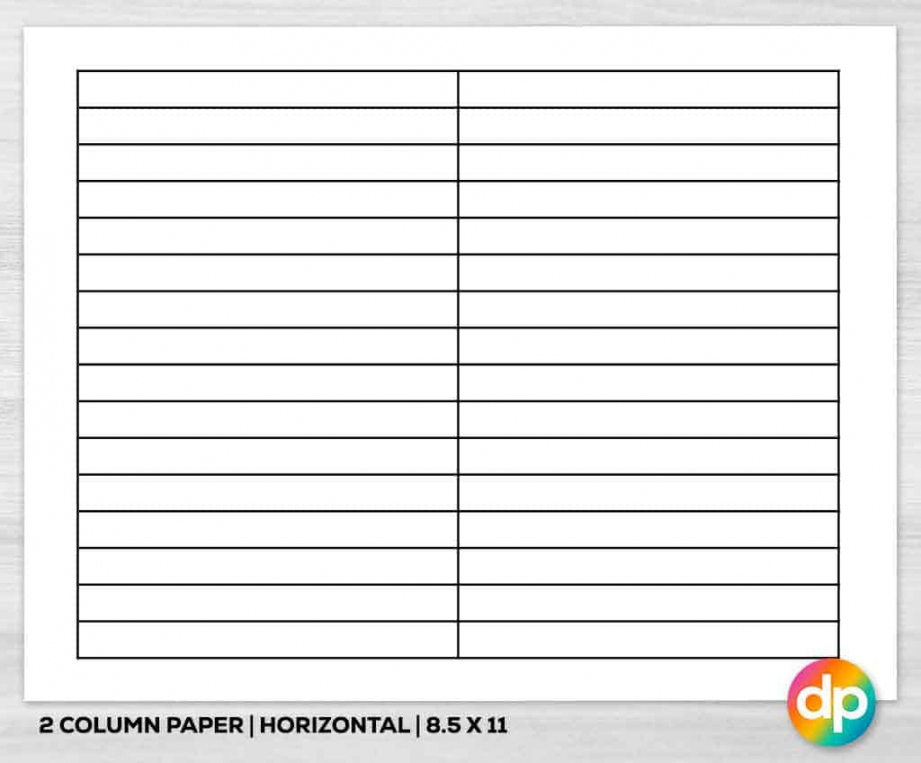Introduction to 2 Column Layouts
In web design, layouts play a crucial role in creating an aesthetically pleasing and user-friendly website. One popular layout option is the 2 column layout, which divides the webpage content into two main sections, providing a balanced and organized structure. This article will explore the benefits and implementation of 2 column layouts, along with some best practices to ensure an effective design.
The Advantages of 2 Column Layouts
1. Enhanced Readability:

One significant advantage of using a 2 column layout is the improved readability it offers. By dividing the content into two distinct columns, designers can optimize the text size and line length, making it easier for users to scan and comprehend the information. This is particularly beneficial for websites with lengthy articles or blog posts.

2. Improved Navigation:

Another advantage of the 2 column layout is the ability to allocate one column for navigation elements. By dedicating a separate space for menus, search bars, and other navigation tools, users can easily locate and access different sections of the website. This promotes intuitive navigation and enhances the overall user experience.
3. Visual Hierarchy:

The 2 column layout allows designers to establish a clear visual hierarchy within the webpage. By assigning one column for primary content and the other for secondary content, such as sidebars or related articles, designers can guide users’ attention and highlight essential information effectively. This helps in creating a more engaging and organized interface.
Implementing a 2 Column Layout
1. HTML and CSS:
The first step in implementing a 2 column layout is to structure the HTML elements accordingly. Use the <div> tag to create two separate columns, assigning unique class or ID names to differentiate them. Then, use CSS to style the columns and position them side by side. Utilize the CSS property float to keep the columns aligned and adjust the width as per your design requirements.
2. Responsive Design:
With the increasing usage of mobile devices, it is crucial to ensure that your 2 column layout is responsive. Implement CSS media queries to adapt the layout for different screen sizes. Consider stacking the columns vertically on smaller screens to maintain readability and usability.
Best Practices for 2 Column Layouts
1. Consistency:
Maintain consistency throughout your website by using the same 2 column layout across different pages. Consistent layouts help users navigate your site more efficiently and establish a coherent visual identity.
2. Balance and Alignment:
Achieve visual balance by ensuring both columns have a similar visual weight. Align the content in both columns to create a harmonious and professional look. Consider using a grid system for precise alignment.
3. White Space:
Utilize white space effectively to enhance the readability and overall aesthetic appeal. Avoid cluttering the columns with excessive content or visuals. Give your content room to breathe, allowing users to focus on the most important elements.
4. Contrast and Color:
Use contrasting colors to differentiate the columns and draw attention to specific content. This helps users distinguish between primary and secondary information, aiding in the navigation process.
5. Test and Iterate:
Always test your 2 column layout across different devices and browsers to ensure compatibility and optimal user experience. Gather feedback and iterate on your design to address any usability issues or areas of improvement.
Conclusion
Implementing a 2 column layout can significantly enhance the usability and visual appeal of your website. By dividing content into two distinct sections, you can improve readability, navigation, and create a clear visual hierarchy. Remember to follow best practices, such as maintaining consistency, balancing and aligning the columns, utilizing white space effectively, using contrast and color, and continuously testing and iterating your design. With these considerations in mind, you can create a user-friendly website that effectively communicates your message and engages your audience.
Free Printable Marathon: More to Come…
Copyright Notice:
We display images sourced from the internet, and the copyrights belong to their original owners. If you wish for an image to be removed due to copyright, please email us.